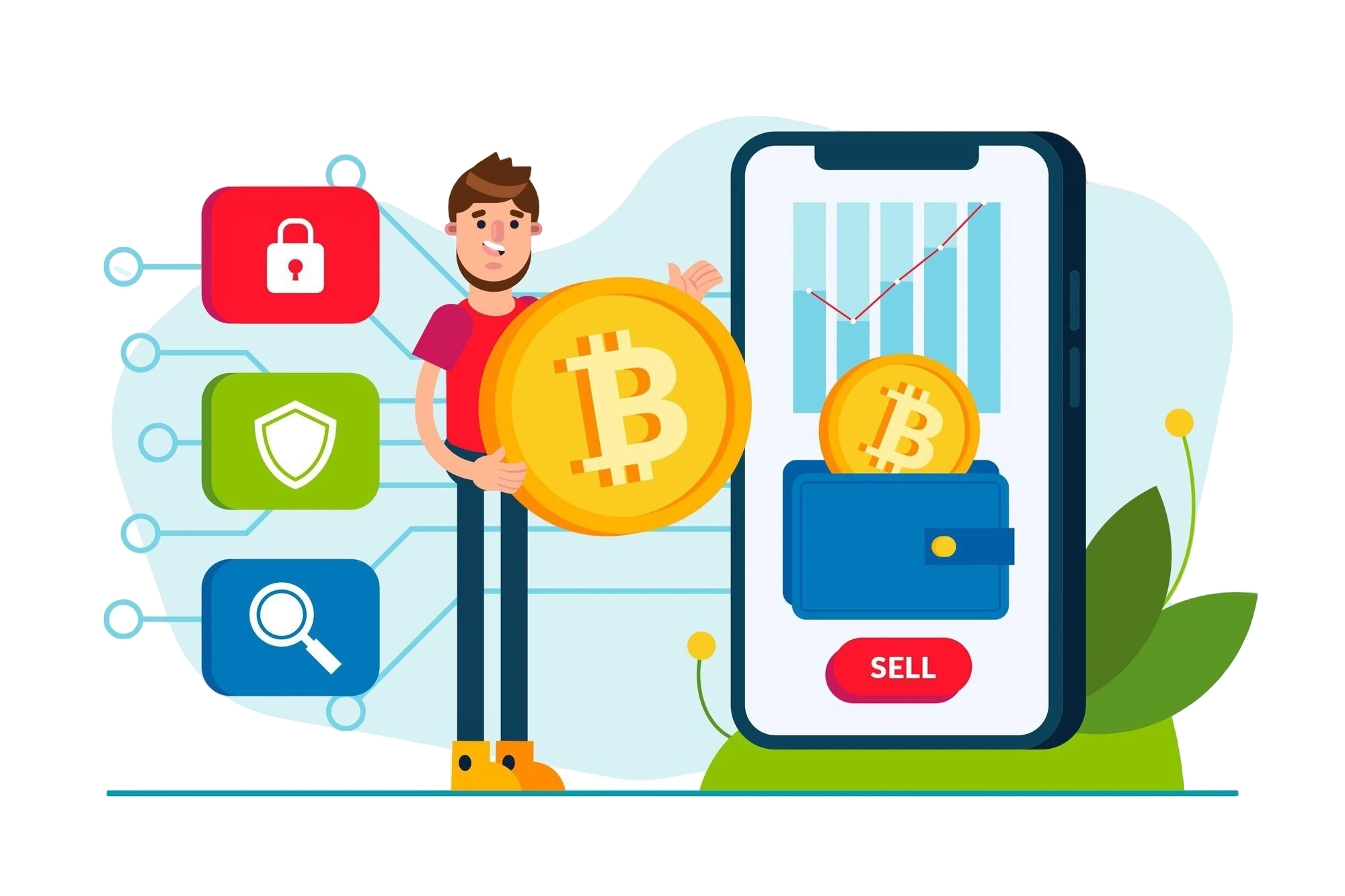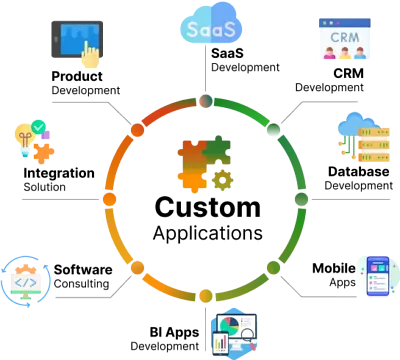Blockchain Software Development for DeFi: Unlocking New Financial Possibilities

Blockchain technology has developed incredibly fast in recent years, has broad applications in different industries worldwide, and is one of the most impactful uses in decentralized finance (DeFi). Decentralized finance (DeFi) is changing how we manage our money by cutting out intermediaries and ensuring a broad range of secure Blockchain-based financial services. The foundation for this transition is Blockchain programming, which leads to the development of infrastructure, protocols, and decentralized apps (DApps) within the DeFi ecosystem.
This blog will examine how Blockchain software development opens up new financial potentials for DeFi and the pros and cons of this burgeoning sphere.
What Is Decentralized Finance (DeFi)?
Let’s explore!
Decentralized Finance (DeFi) is a software-based financial system on the Blockchain that operates without central authorities or intermediaries, such as banks and other institutions. Parasols constructed using DeFi protocols and applications enable users to access a slew of different financial services, including lending, borrowing, trading, and asset management, on a peer-to-peer and decentralized basis.
Central institutions have always been needed to intermediate and establish trust among transaction parties in the financial world as we know it today. Conversely, DeFi uses smart contracts (essentially automated contracts with built-in terms via code) on Blockchains. Rather than clearing and executing transactions on a traditional backend system, you can automate smart contract-based financial processes with lower intermediaries, lower costs, and more transparency.
Blockchain Software Development in DeFi
At a fundamental level, the DeFi ecosystem thrives on Blockchain software development companies. DApps are software developers designed and built to be used securely, transparently and efficiently with the Blockchain. Here are some examples of places where Blockchain software development pushes DeFi innovation.
They include the following:
Smart Contracts: Smart contracts are the bedrock of DeFi. These Vera-lite lines of code automate financial activities like borrowing and lending traded according to their pre-set conditions. Blockchain developers create these contracts to be secure, open to the public eye and immutable.
Decentralized Applications (DApps): These applications interact with the Blockchain on behalf of end-users, thus allowing users to access DeFi services. When these applications are developed, the developers build them to be used efficiently and check for their security and functionality. These DApps cover various domains, such as decentralized exchanges (DEXs) like Uniswap, lending platforms like Aave, and yield farming protocols like Yearn Finance.
Interoperability Solutions: DeFi comprises several Blockchains, such as Ethereum, Binance Smart Chain, Solana, etc., which have their native functionality. This would free up Blockchain software developers to work on creating interoperability solutions, like cross-chain bridges, that facilitate the transfer and communication of assets across multiple chains.
Deposit Safety: More money will flow through DeFi protocols, and millions of dollars can be stored in any account. Smart contracts, wallets, and protocols—all of which are designed for trustless transactions—have been vulnerable to hacking and robbing until the enhancements made by Blockchain developers so far.
Financial Opportunities in DeFi
This software development coupling between DeFi and Blockchain has made it possible to innovate in a way that was difficult to imagine with traditional finance. DeFi makes new financial opportunities possible.
Decentralized Lending and Borrowing: In traditional finance, lending and borrowing often involve intermediaries, credit checks, and lengthy approval periods. DeFi removes these, allowing P2P lending through smart contracts, lending for yield, and borrowing with over-collateralization in an intermediary-free environment.
Yield Farming and Staking: You can make money while you sleep with the alternative income avenues offered by DeFi staking or set aside some cash for living expenses by putting it into a pool for yield farming. Yield farming: A practice where a DeFi user provides liquidity to decentralized exchanges (DEXs) in exchange for part of the trading fees. Staking: Locking assets in an on-chain lending pool to earn rewards. In doing so, the tools they are being created with create new revenue sources for users.
Decentralized Exchanges (DEXs): These DEXs, including Uniswap and SushiSwap, enable trading cryptocurrency directly from one another without needing to trust an intermediary. This lowers trading costs and makes trading more transparent because fewer constraints for users generate a general sense that the user still has control over assets at any time.
Tokenization of Assets: With DeFi, we can tokenize real-world assets such as shares, real estate, or commodities. When these assets are represented as tokens on the Blockchain, users can trade in them and manage the properties through decentralized platforms to increase liquidity, a touchy subject on global markets.
Challenges in Blockchain Software Development for DeFi
While there are great opportunities, developing Blockchain software for DeFi also has disadvantages.
Scalability: As DeFi platforms mature, and some may grow to the size where they rival traditional banking in on-chain transactions, scale becomes an even more pressing issue for Blockchain networks. This congestion is also one of the reasons other very commonly used networks, such as Ethereum, suffer from high transaction fees and slow processing speeds. That is being thoroughly entertained and strategized by tons of developers in the form of Layer-2 scaling.
Security Vulnerabilities: DeFi protocols manage much capital, making them honeypots for hackers. Smart contract vulnerabilities have already resulted in significant losses. To mitigate against these risks, Blockchain developers must maintain and evolve secure coding practices and maintain a national audit of smart contracts.
Regulatory Uncertainty: DeFi remains in a grey area regarding regulatory compliance. With a central supervisor enforcing strict regulations regarding decentralized finance, the developers and users of DeFi platforms can avoid legal hurdles.
In a Nutshell
From the Blockchain development service standpoint, this front-running position changes the narrative from centralization towards decentralization and transparency, where financial services are returned to users. The DeFi space is changing with decentralized lending and borrowing, yield farming, and asset tokenization, opening avenues to financial intermediaries and systems that are not only accessible to a few.
Yet, while DeFi thrives, developers must clear scalability, security, and regulatory hurdles to create a self-sustaining sector. As Blockchain software development continues to advance, the future of DeFi is promising and can potentially transform financial systems on a large scale.
Kick off your Blockchain programming project by contacting us now!


